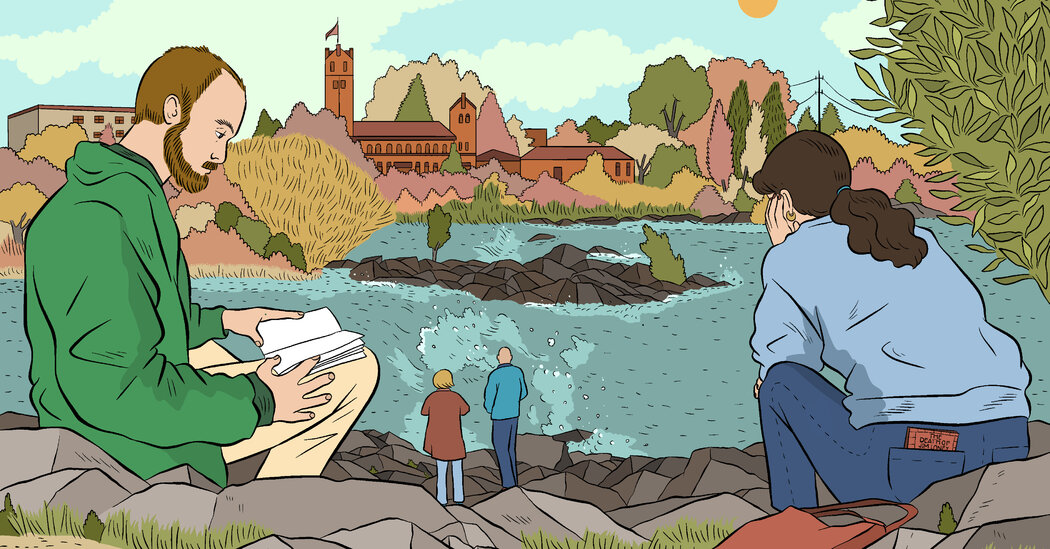Long before white settlement and Lewis and Clark tramped through the area now known as Missoula, the Séliš and Qĺispé buffalo hunters gathered in the place where the Blackfoot and the Clark Fork Rivers meet to plan and reconnoiter, and to tell stories of their dangerous hunts.
From those waters came the name of the place: According to the Qĺispé elder Patrick Pierre, Missoula is derived from “nmesuletkw,” a Séliš word for “extremely cool water.” The storied meaning of the word runs like a confluence into the literature of place. Norman Maclean, in his story “A River Runs Through It,” emphasizes that the “Big Blackfoot River,” which enters the Clark Fork, “was manufactured by glaciers.”
On a short summer night, listen and you might hear a war whoop skitter out of the darkness along the riverbanks, followed by the scattering yips of coyotes on Mount Sentinel.
“A river has so many things to say,” Maclean says in his semi-autobiographical story.
What I know is that Missoula calls to storytellers and writers. The cold clear waters of the Blackfoot, Clark Fork and Bitterroot Rivers have recorded the voices of the area’s inhabitants since time immemorial and continue to influence and inspire generations of writers.
Stories inextricably link with art and culture here: There is a growing music scene in Missoula; there are artists and galleries, distilleries and breweries, restaurants and food trucks and great coffee shops as well as the Missoula Public Library, with its osprey’s-eye views of the mountains and valley. Radius Gallery is curated by two people who adore literature and often pair their shows with writers. The Missoula Art Museum is particularly focused on the ways Indigenous stories intersect with art. Storytellers, writers and artists are drawn to Missoula by the enduring stories the rivers continue to tell.
What books should I read before I pack my bags?
I recommend one: the incomparable anthology “The Last Best Place,” edited by William Kittredge and Annick Smith, and researched by other visionaries, including the Blackfeet writer James Welch. The making of the anthology is a story in itself. The collaborators sought contemporary and significant literary works that defined Montana. They also scoured the vast state seeking Indigenous stories that expressed the panoramic history of the region before the arrival of Europeans. Each of the eight sections is introduced by a resplendent narrative, creating a gigantic…
Click Here to Read the Full Original Article at NYT > Travel…
